The Indians, as we innocently called them in the days of my youth, put their name to it: “Indian Corn.” Somehow, “Native American” or “First Peoples Corn” just doesn’t do it, so here let us observe this now-verboten usage. Technically, Indian Corn (known as calico or dent corn too, for its coloration and dents in the kernels) is one variety of maize, first cultivated, they say, in Mexico thousands of years ago. Columbus, who called the natives “Indians” because he was looking for India, brought back seeds to Europe in the 1490s; they did not take. The Plymouth colonists in the 1620s, from whose early travails the American feast of Thanksgiving emerged, grew Indian corn courtesy of the local Wampanoag tribe. It no doubt helped them survive when the English peas ran out.
As I write in August, the corn is high in the Shenandoah, the Great Valley of Virginia. At the time of the Civil War, the Valley was known as the “Breadbasket of the Confederacy” for the bounty its farms produced. For this reason, it was hotly contested ground and never succumbed to Yankee conquest until “The Burning” in the fall of 1864, when Union troops commanded by General Phil Sheridan did their best to lay it waste. That was a long time ago — and rich farmland has a way of recovering quickly. Farmers still raise a lot of corn, wheat and apples here; cattle, hogs and these days chickens and turkeys too. My local farm stand, run by a Mennonite family in the nearby hamlet of New Hope, bursts with summer’s harvest. This year the corn, though stunted in July from early drought, roared back with the rains and 90-degree days to yield the fullest sweetest ears I have ever known. As the old Confederates knew, this was strategic treasure worth fighting for.
The Shenandoah is not a flat-bottomed valley, but a series of smaller hills and valleys within the big valley, which lies in between the Blue Ridge Mountains on the east and the Alleghenies on the west. For twenty-five years and counting, our house on a Valley hilltop has been a place of Thanksgiving gathering. This has come about because of no particular effort on our part, rather that old guests who came long ago never stopped coming. Time has added school friends of children, then spouses of children, then grandchildren, neighbor families, stray singletons: usually twelve to fifteen or so in all, top-limited only by the capacity of keeping room to accommodate everyone at one long table with company-boards added. Corn enjoys a quiet place of honor at these autumnal feasts, long after the last of it has been cut from the fields roundabout, either chopped for livestock feed or harvested on the ear for human consumption. In summertime, there are fewer more sublime eating experiences than chomping down on an ear of fresh-picked sweet corn before its sugars go to starch, boiled or (my preference) roasted shucks-on in a hot oven for twenty minutes or so, simply seasoned with salt and butter. Corn also keeps. Can it or freeze it, cut from the cob as soon after picking as possible, and enjoy it through the bleak winter to come. Grind it into meal and bake with it any season at all.
At our Thanksgiving feasts corn appears in one or more of these preserved guises. The menu is seldom exactly the same year to year, as with the guest list, but taken roughly in the order of preparation, it goes something like this. Since it cooks inside the great bird, the cornbread stuffing comes first. Crumbled, stale cornbread is required here, mixed with any array (this is not a science) of chopped apple, onion, egg, seasoned lightly with salt and pepper. And, on the principle that all things are better with fresh oysters, add oysters. Less conventional, outside the South anyway, is a good corn pudding or a spoonbread. Again, these are dishes that do not require great finesse in preparation; ingredients are few, simple, close to the earth as it were. Moreover, they are old concoctions of a rural people, dating from a time before fancy modern kitchens and long produced in open-hearth ovens or old-time wood or coal-fired cook stoves. Our keeping room has a great hearth, and I have tried cooking on it. The experience — open-hearth cooking is very slow and very dirty — left me a stauncher-than-ever fan of electricity.
Most old southern cookbooks will have their versions of both corn pudding and spoonbread. For corn pudding, I like to rely on the 1971 Colonial Williamsburg cookbook, which combines whole-kernel corn, eggs, sugar, salt, breadcrumbs, milk, butter and cream. Beaten, blended and baked in a hot-water bath, it yields a rich and creamy custard. For spoonbread, I have two sources, one Virginian and the other Kentuckian — which makes them essentially one source since Kentucky was once part of Virginia as was everything else from here to the Pacific. The two commonwealths hold numerous culinary habits in common, viz. (in addition to corn) ham and whiskey. My Virginia recipe source is Michie Tavern, just the other side of the Blue Ridge: a lovingly preserved eighteenth-century post-and-beam structure situated at the foot of Carter’s Mountain half a mile from Thomas Jefferson’s masterpiece Monticello. For almost a hundred years now Michie Tavern’s famous “Ordinary” has served up southern fare impervious to changing food fashions: fried chicken, stewed tomatoes, black eye peas and of course cornbread, washed down with tea or ale. My Kentucky recipe comes from the Beaumont Inn, whose Owl’s Nest Bar I wrote about in these pages a few months back. Spoonbread is daily on the menu and, once again, ingredients are basic: white or yellow corn meal, baking soda, milk, boiling water, eggs, butter, sugar and salt. An old collection of Beaumont recipes that I acquired on a first visit fifty years ago still takes top prize for bluntness of instruction, beginning thus: “Scald corn meal with enough hot water to make it the consistency of mush.” (You will need to know what mush is.) Then add sugar, salt, butter and set to cool. Then beat the eggs, dissolve the soda in the buttermilk and beat together. Then pour into the mush. Then pour the batter into a greased baking dish. Finally, “bake thirty to forty minutes in hot oven.” (You will need to know what hot is.) “Serve [naturally] by spoons-full from dish.”
No meditation on corn and Thanksgiving would dare omit two further, essentially southern, connections. Corn, however eaten, calls out for pork. What the dairy cow is to the Midwest, the white-face Hereford to the Great Plains, the hog is to Dixie. Some will say that wood-smoked barbecue is pork’s sublime expression, and they are entitled to their view. I believe it is country ham. While turkey is the inviolable centerpiece at any American Thanksgiving table, it sometimes falls short in the flavor department. This is especially so with the mass-produced, manufactured birds that most of us have grown used to. Several slabs of country ham baked an hour or so alongside the bird solve this problem. Cut into strips and let guests pick away. At this point you may wish to ponder that, likely as not, the hog that became the ham arrived at this final state of perfection by eating corn.
Our Thanksgiving gatherings have a ritual beginning that brings us to corn’s most sublime manifestation of all, which is bourbon whiskey. Some time ago now in this journal, my brother and I extolled the old-fashioned lessons learned from our father, in the making of an Old Fashioned, which must be made with bourbon. You may save the expensive “small-batch” brands; ordinary middle-of-the-road bourbon will serve, perhaps Old Crow or Old Grand-Dad, whose lower proof lets the corn come through. Everyone, at least everyone who is of age, prefaces our Thanksgiving celebration with one, or maybe two, of these old-fashioned cocktails depending on how quickly the dinner is coming along.
I do not know if there was corn in Eden but would like to think so. And like all of the gifts he’s been given, man has put this one to good and less-good uses. Bourbon and corn pudding are tops, wholly worthy of their noble source. High-fructose corn syrup in soft drinks and ethanol in gasoline scrape the bottom. Still, the version that survives into our fallen world is enough to be thankful for. As we take our seats at the long table, the dishes of our feast steaming on the sideboard and a fire in the hearth, we first pass around a psalm read verse-by-verse by selected guests. It is Psalm 65, in the Coverdale translation in the old Book of Common Prayer. It speaks of how God blesses the earth and “the increase of it” and of how the clouds “drop fatness.” The final two verses: “They shall drop upon the dwellings of the wilderness; and the little hills shall rejoice on every side. The folds shall be full of sheep; the valleys also shall stand so thick with corn, that they shall laugh and sing.” Never mind that “corn” to Coverdale meant wheat. Let the poetry do the work. As I write this summer, this valley stands literally thick with corn. It will feed our Thanksgiving feast months hence, where laughter and sometimes even a song are reliable side dishes.
This article was originally published in The Spectator’s November 2023 World edition.



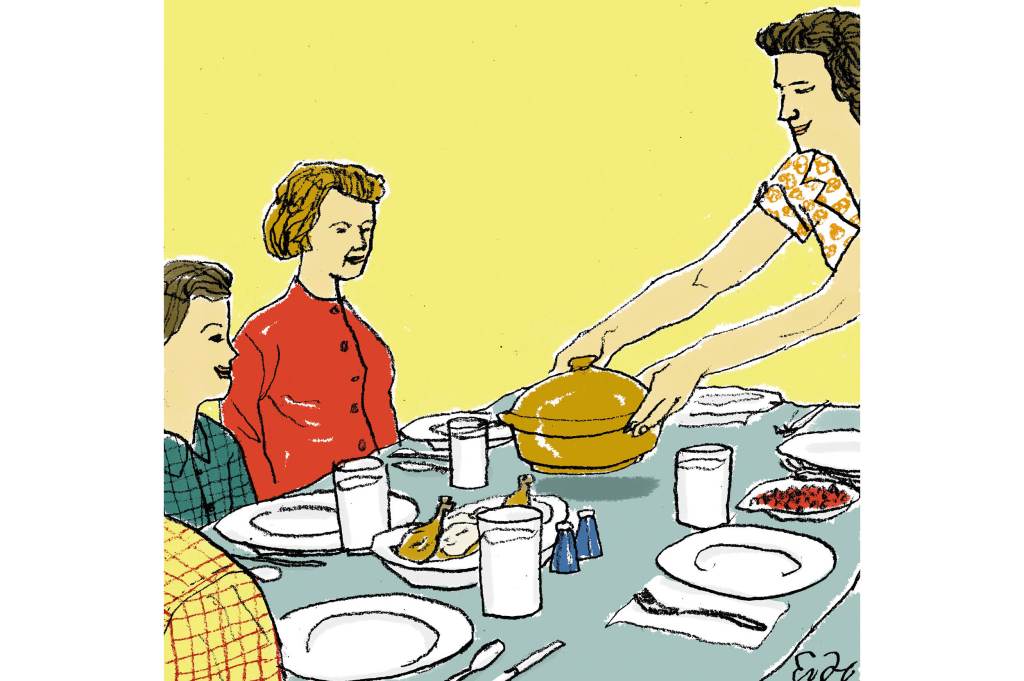







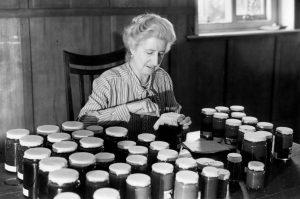
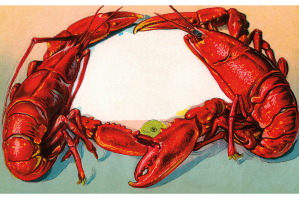

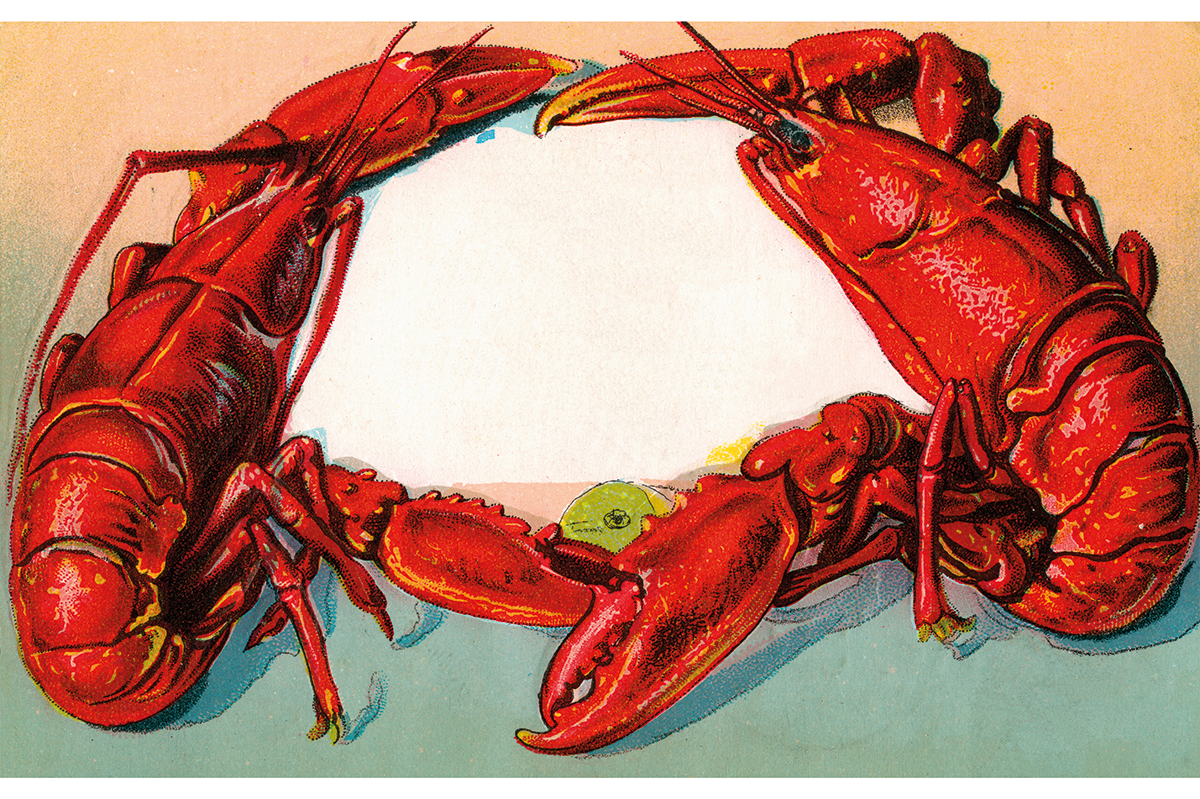
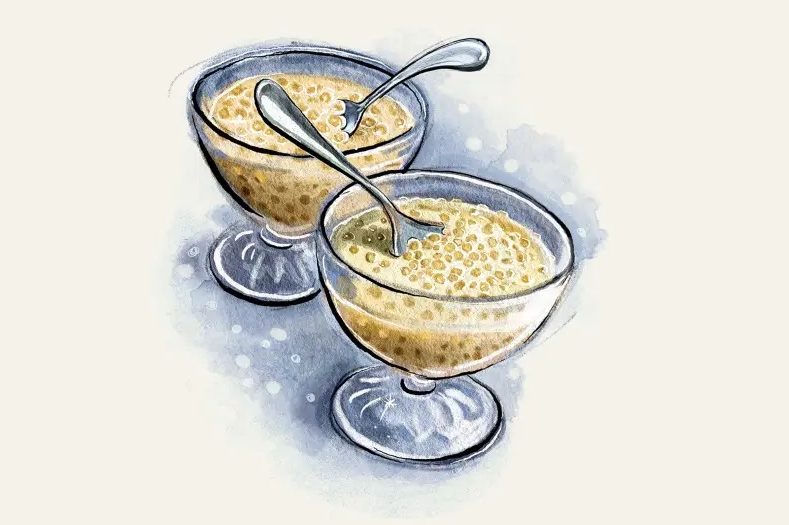
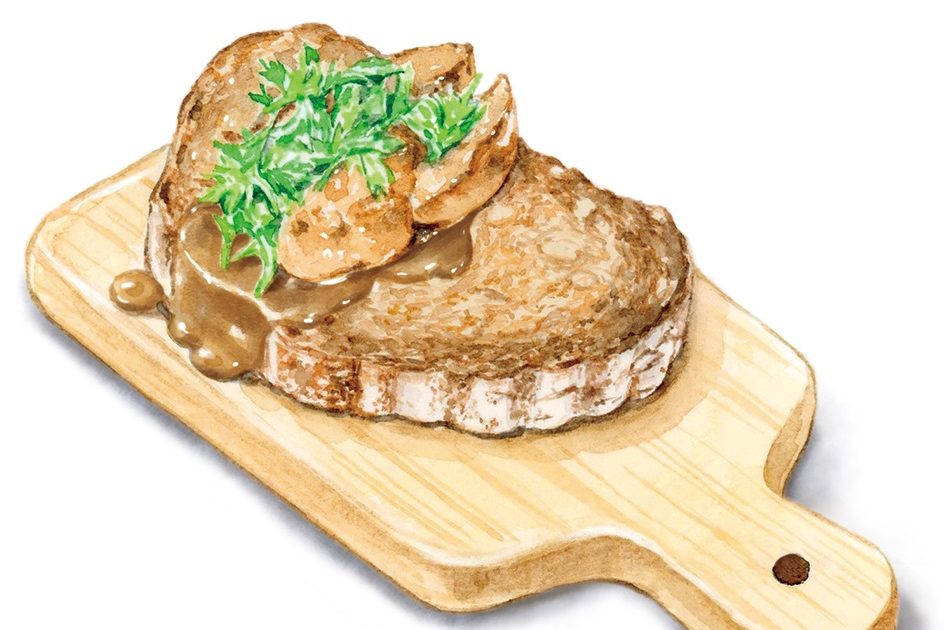

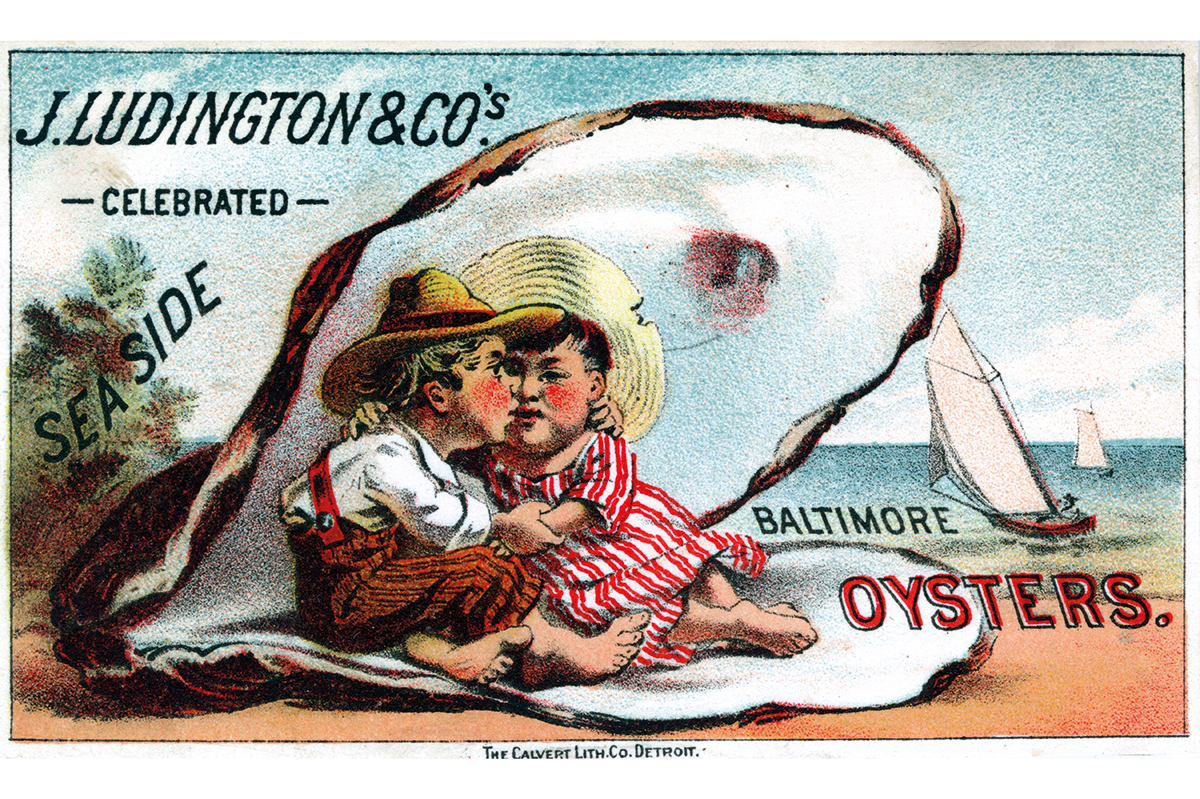







Leave a Reply